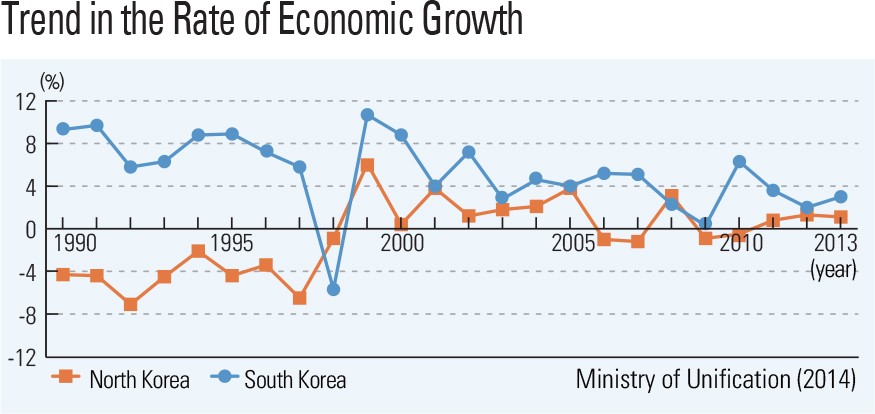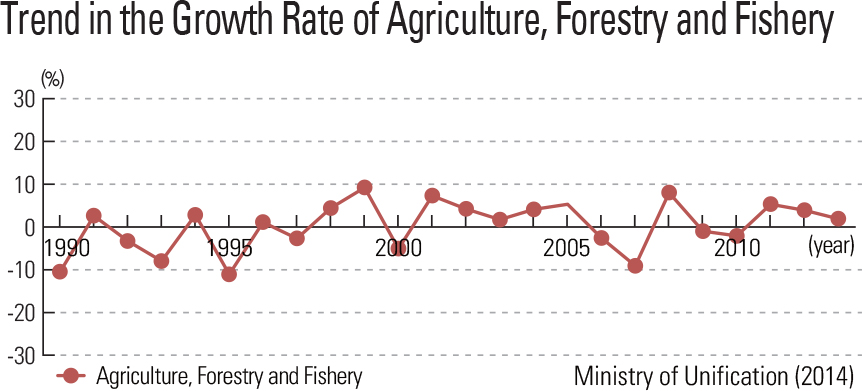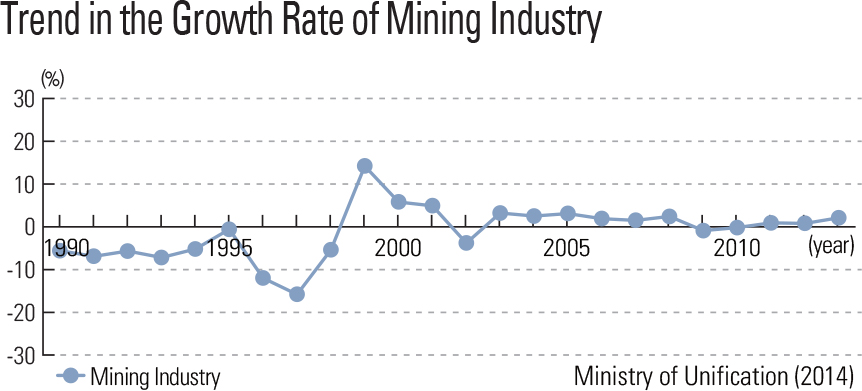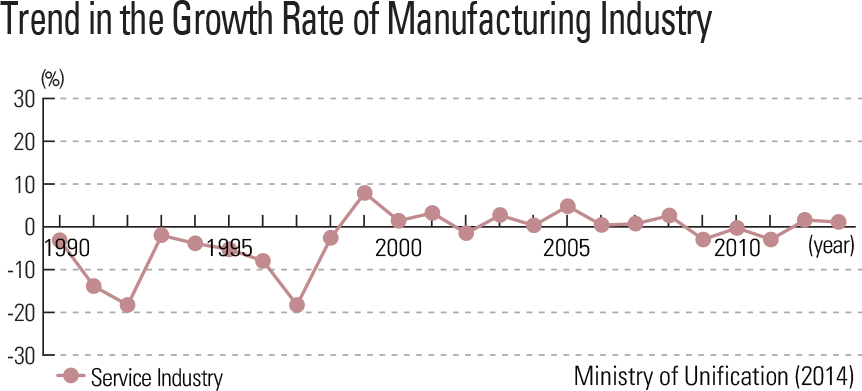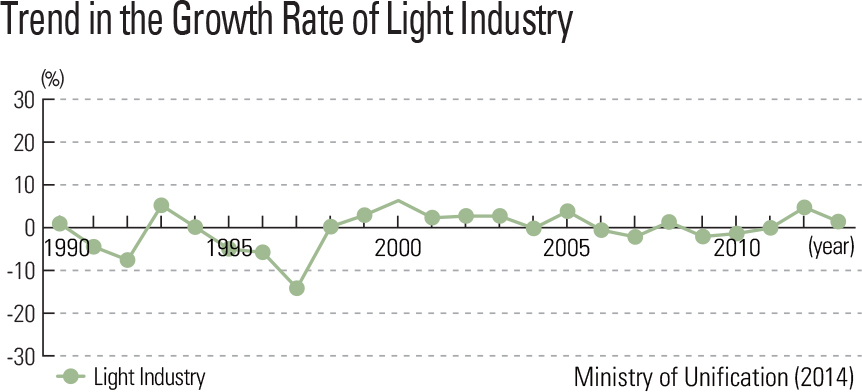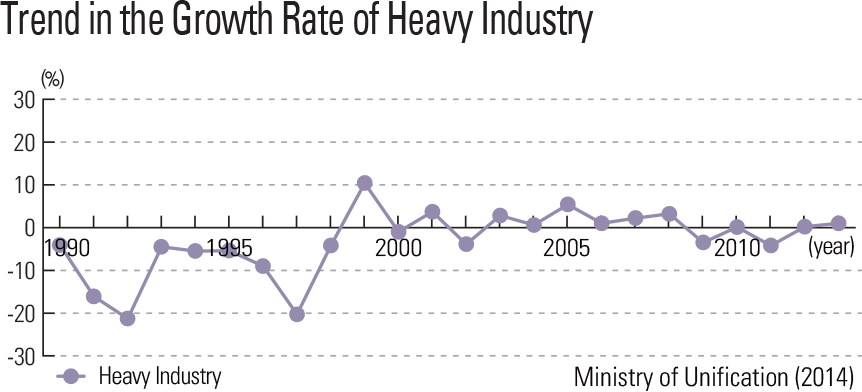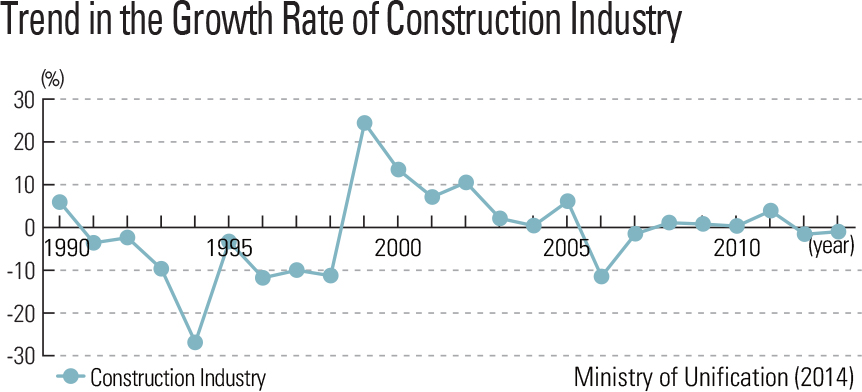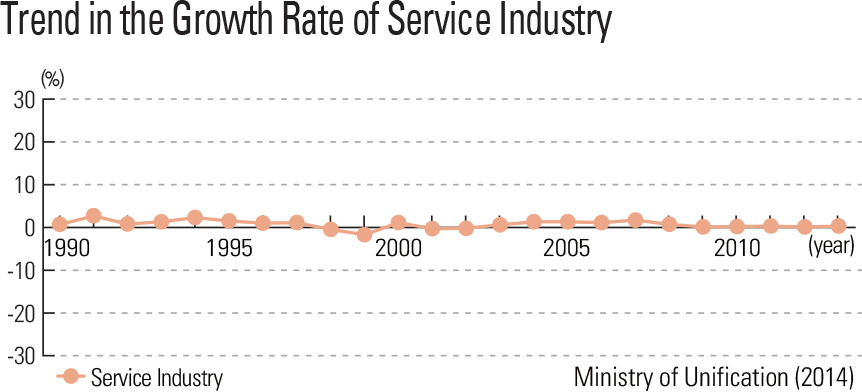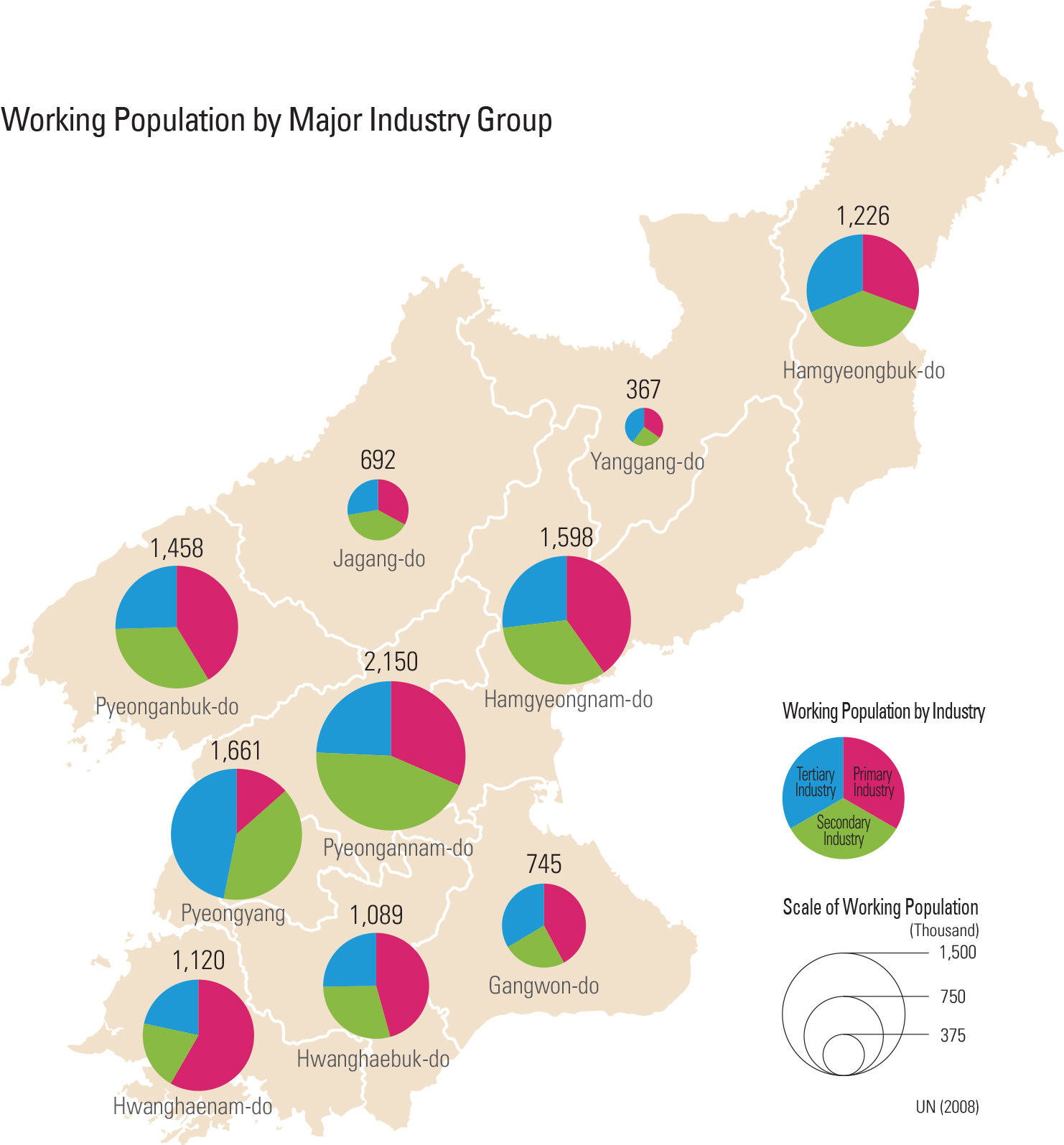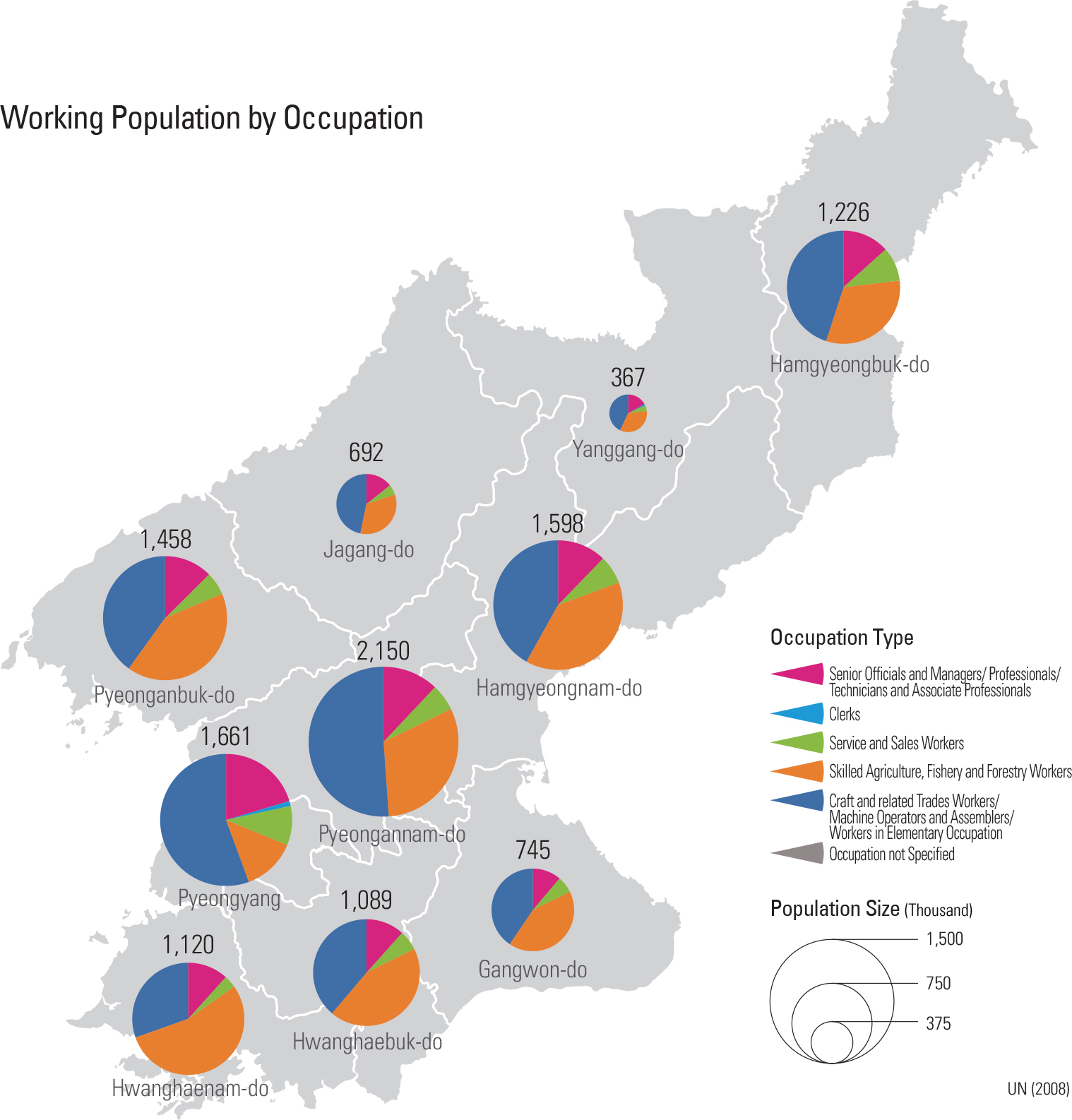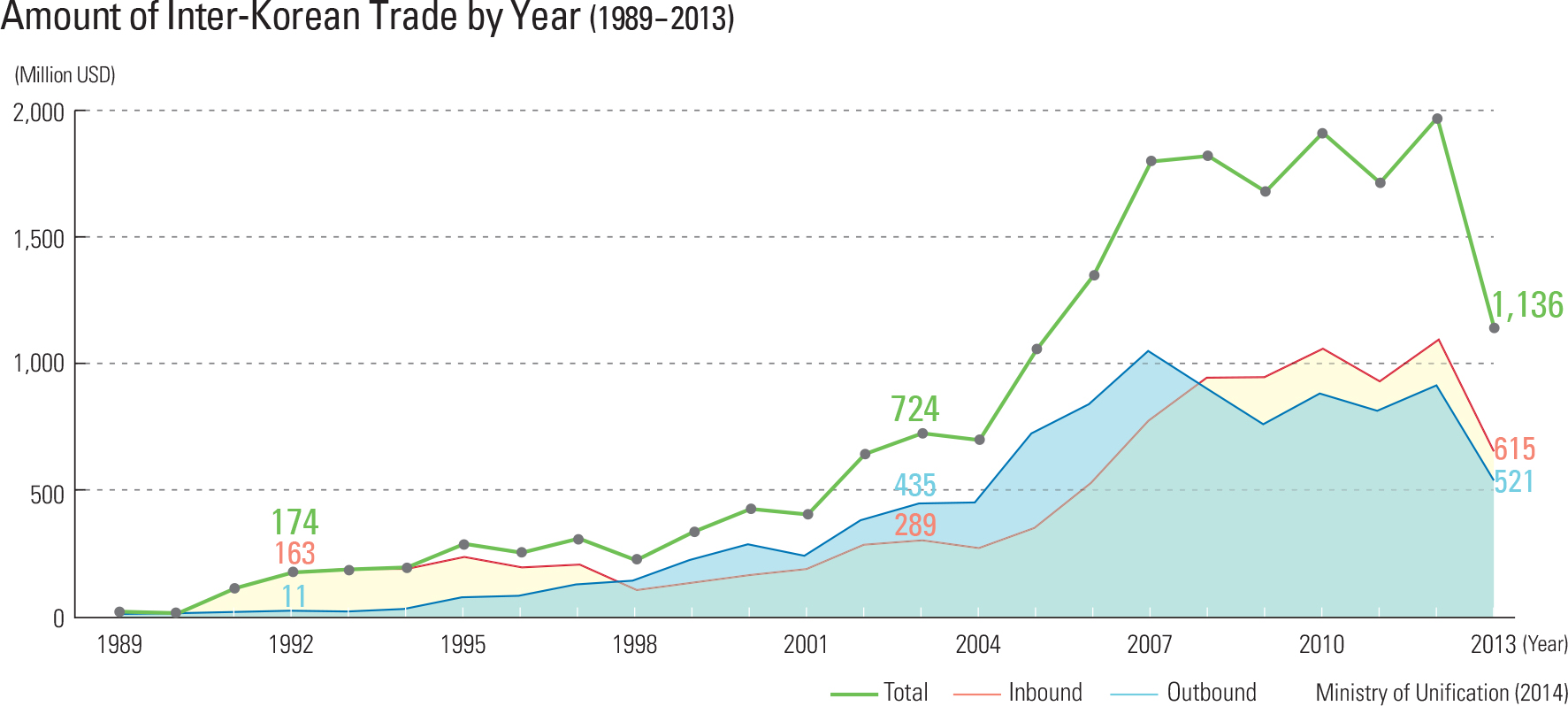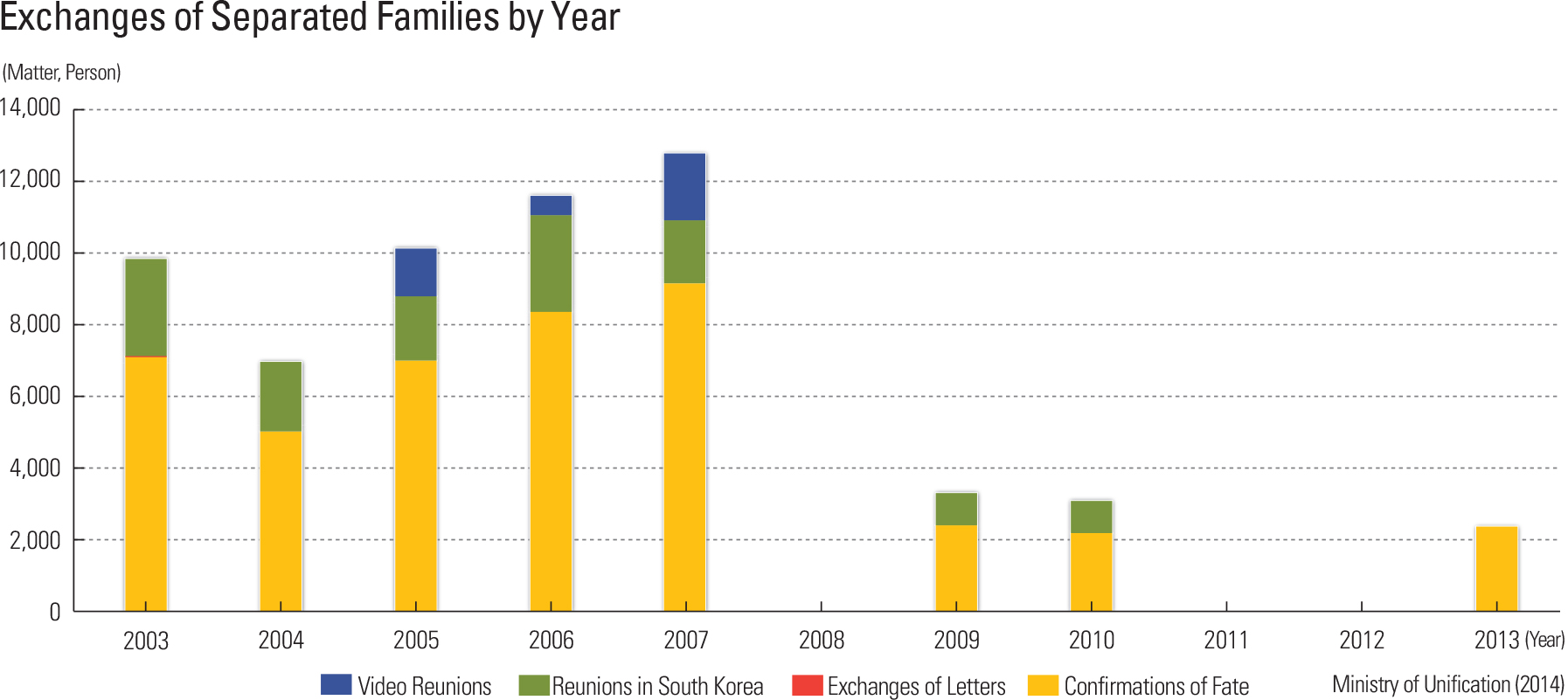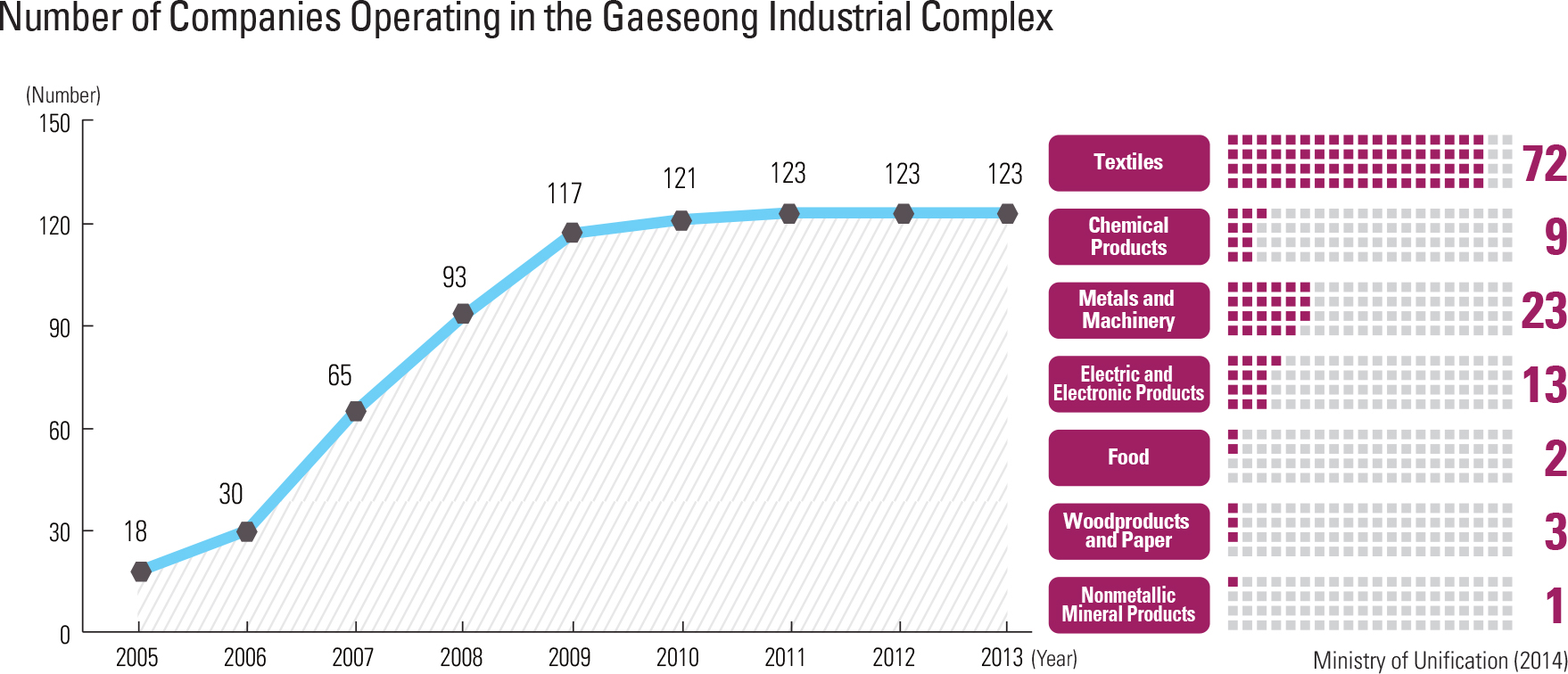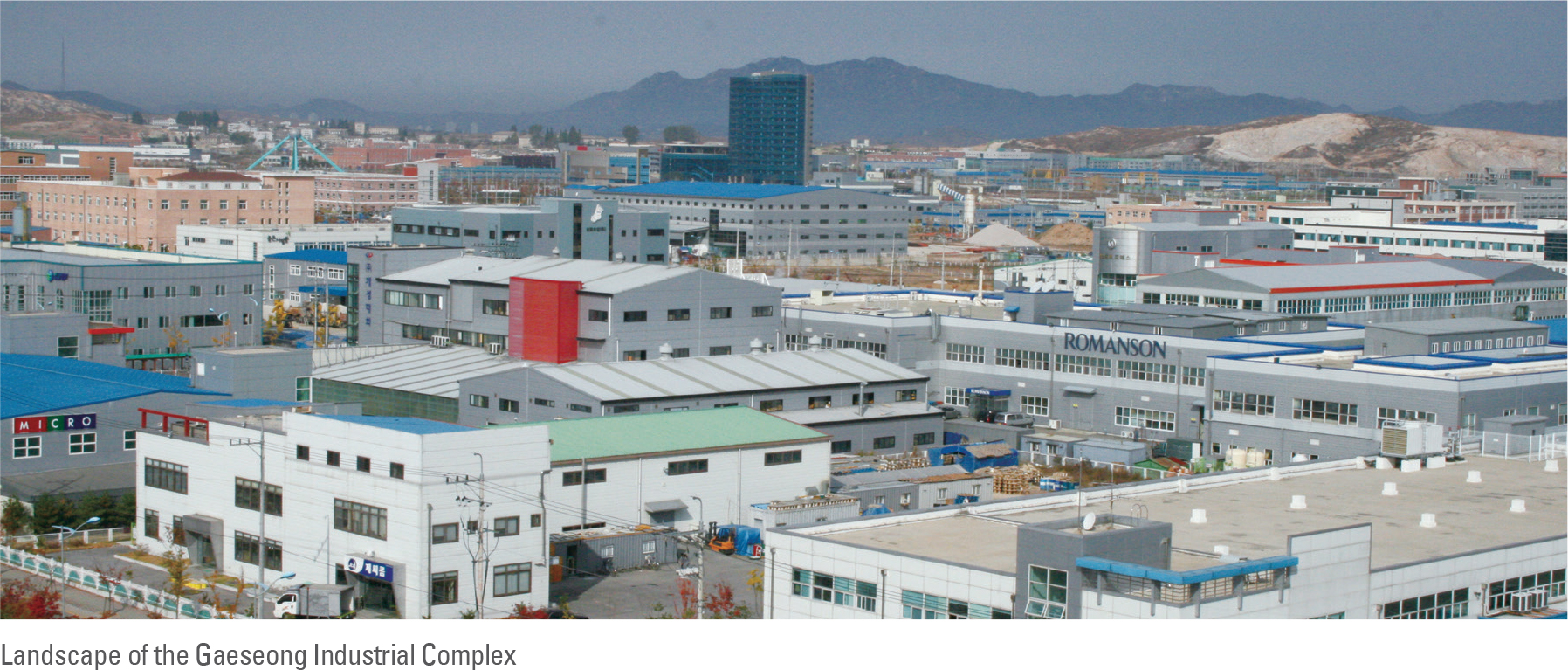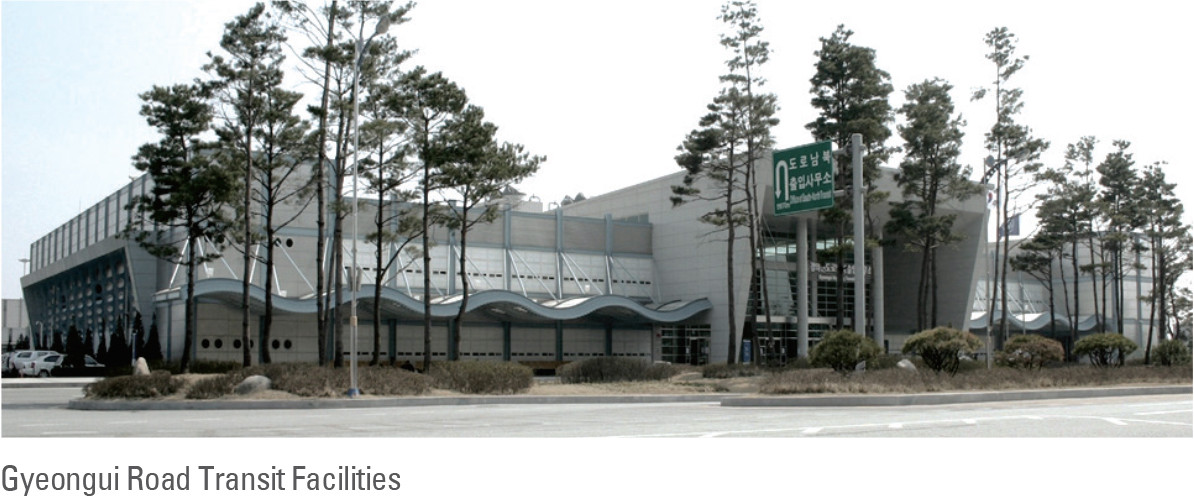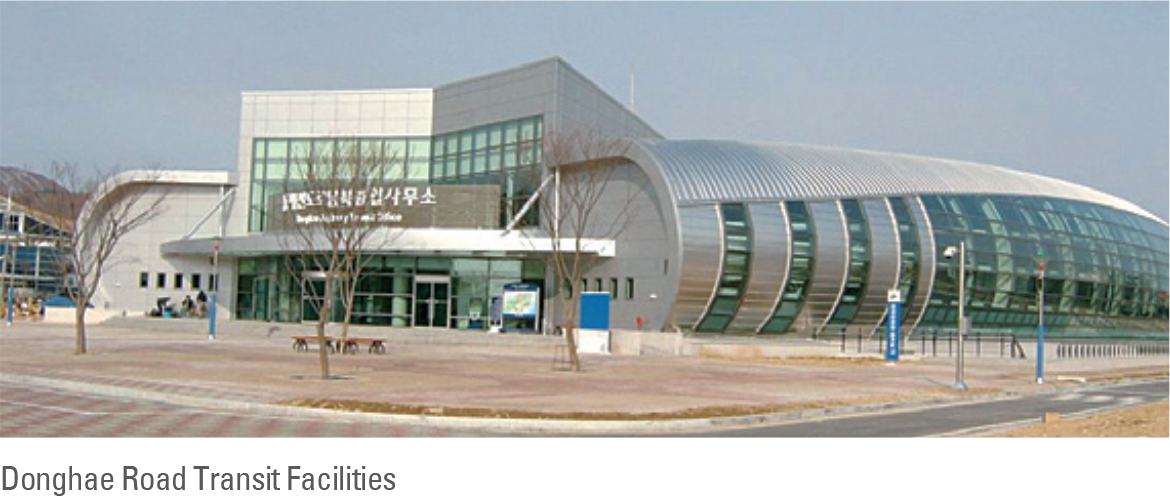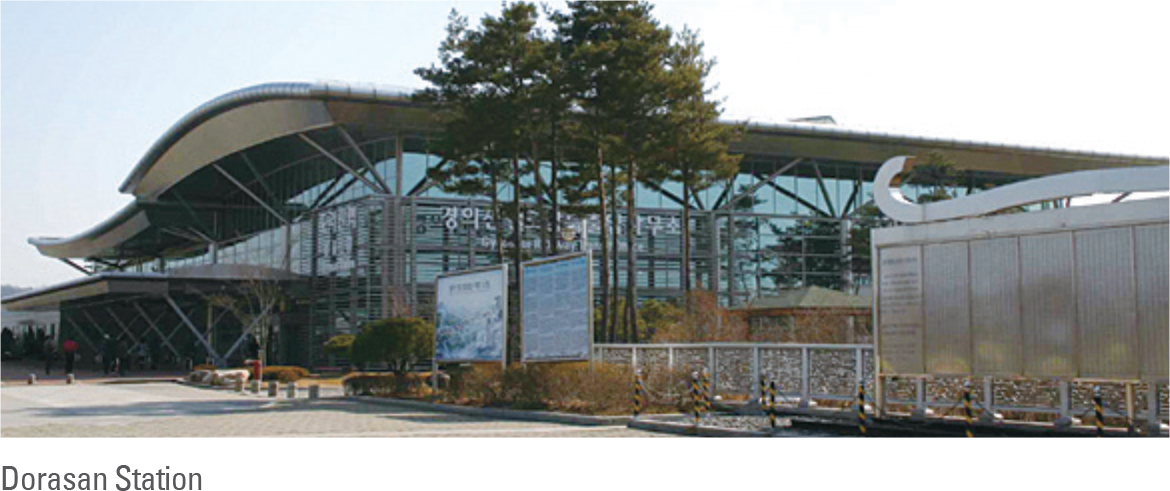North Korea’s economy is a centrally planned and unified system in which the State Planning Commission of the central government announces economic development plans and strictly controls smaller economic units, such as regional governments, factories, and companies.
Along with a centrally planned system, another important feature of North Korea’s economy is that the country included plans to assign top priority to developing heavy industry with parallel developments in agriculture and light industry. Due to the lack of capital and resources, however, heavy industry was favored over light industry and agriculture. With the collapse of communist governments around the world during the 1990s, the problem of favoring heavy industry and ignoring agriculture and light industry became serious, and it led to financial difficulties and food shortages in the mid-1990s. The North’s economy began to recover after 1999, but it has experienced an average annual negative growth rate since 2006. As of 2008, 36% of North Korea’s population has been working in primary industries, 34.3% in secondary industries, and 29.6% in tertiary industries. As for Hwanghaenam-do and Hwanghaebuk-do, the rice bowl of North Korea, the largest share of the population is working in primary industries, with a rate of 58.1% and 45.6%, respectively. In Pyeongannamdo, the largest proportion of people (44.3%) is laboring in secondary industries because this province is home to the Pyeongnam South Coalfield and Pyeongnam North Coalfield which collectively boast the largest coal deposits in North Korea. In addition, major industrial facilities, such as Cheollima Steelworks, the Daean heavy machinery factory, and the Nampo smelting factory are located in the city of Nampo. North Korea’s service industry has generally posted slow growth with the exception of Pyeongyang.
One of North Korea’s most important goals is for its economy to be self-sufficient, but unfortunately this imperative led it to underestimate the importance of economic cooperation with foreign countries. As a result, North Korea imported a minimum amount of indispensable raw materials, mostly from former socialist countries, but when it realized the inefficiency of this policy it announced that it would work on economic cooperation with other foreign countries, a process North Korea has engaged in since the 1970s. In 1991, the first special economic zone was established in Najin-Seonbong to more aggressively attract foreign capital. In September 2002, Sinuiju was designated as a special administrative zone, and in October of that year the Gaeseong Industrial Complex was promoted to a special economic zone, followed by the Geumgangsan area in November. In January 2010, North Korea promoted the Najin-Seonbong Special Economic Zone to a Special City. North Korea is now cooperating with China to develop the Najin-Seonbong region along with the Hwangguempyeong-Wihwado Special Economic Zone near the Amnokgang. With the enactment of the “Economic Development Zone Act,” North Korea announced 13 economic development districts to attract foreign investment, with Sinuiju being designated as a new special economic zone. Subsequently, North Korea announced its intention to set up another development zone in Gaeseong, the Gaeseong Hi-Tech Industrial Park in November 2013. In July 2014, North Korea designated six more economic development zones including Unjong cutting-edge technological development zone.

